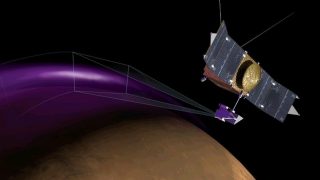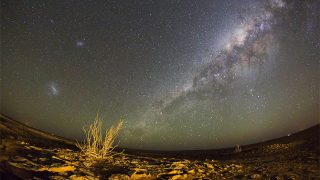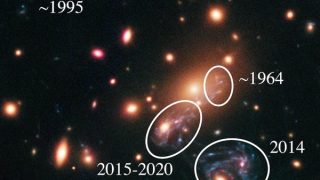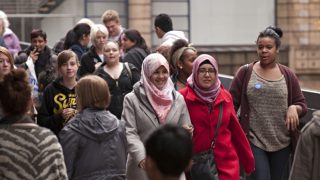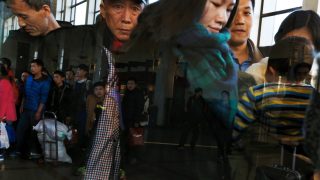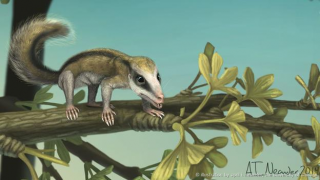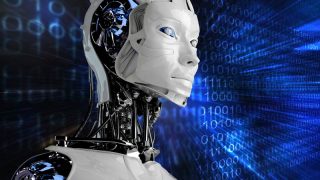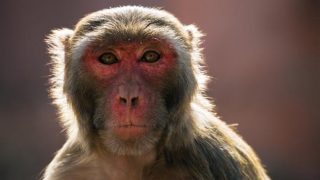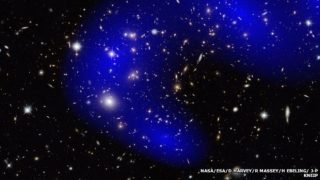
MI weekly selection #122
Humanities & Social Sciences • Science • Technology • Weekly Selection
Dark matter detected as it coasts through galaxy collisions Dark matter appears to drift straight through galactic collisions, barely interacting with anything, including other dark matter, according to scientists who detected the mysterious stuff by the way it bends nearby light paths. Researchers used visible light spied by the Hubble Space Telescope and X-rays by […]
